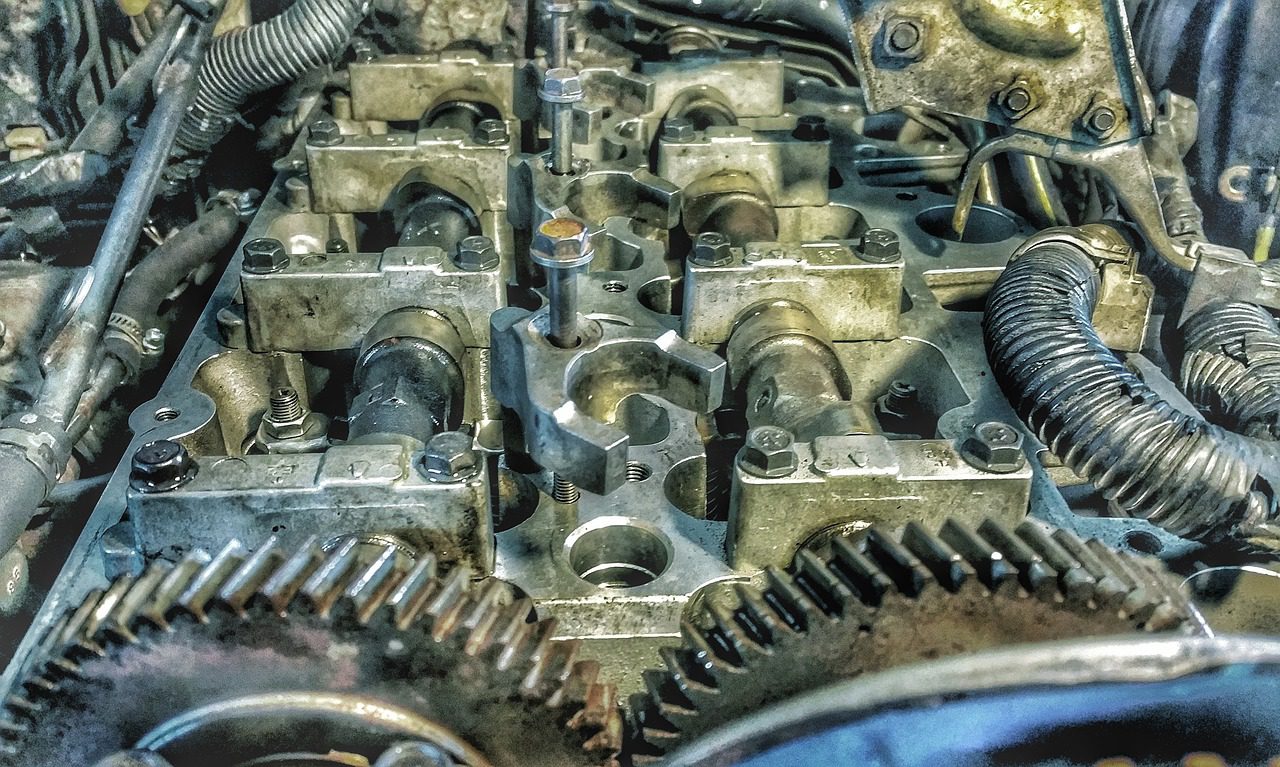
Help Your Customers Make the Right Choice for Transmission Replacement
Transmission Dealer & Shop Keys to Selling Remanufactured Transmissions – Enhancing Your Auto Repair Center Sales
Mr. Smith’s late model car conked out along the interstate. He had it towed to your shop. Pretty quickly, it’s obvious to you that Mr. Smith needs a replacement transmission. Your counter person or shop manager tells Mr. Smith transmission the diagnosis as you watch his expression fall. The next thing your employee says will be crucial to making the sale, or potentially losing a customer….
As an auto service shop owner, mechanic, or technician who has removed and replaced transmissions, you understand the time, tools, expertise, and expense involved. You also understand that replacing a transmission with a remanufactured model can be a great value. But what about the vehicle owner? Unfortunately, in many cases, the customer faced with the prospect of having to replace the transmission in his vehicle views that decision based solely on the short-term expense. The result is that the customer makes a decision about the replacement transmission that doesn’t fully take into consideration the potential consequences. This is your opportunity as an auto service business to educate your customer to make the best decision for them and, more often than before, for you to make the sale.
How do You Explain the Options to Customers?
There are basically three choices to replace a failed transmission, each with its own advantages:
Used transmissions
The customer may see this as a very desirable alternative because of its relatively lower cost. Certainly, low-mileage transmissions, sourced from a reliable salvage yard, may provide reasonably long-term, reliable service. There’s an important consideration that must be borne in mind, however. The true condition of the transmission cannot be known unless its internal parts are inspected, and that inspection would require disassembly of the unit. There’s simply no other way it can be done. And no matter how low the mileage, there’s no practical way to know how well the vehicle from which it was removed was maintained. If the transmission came from a wrecked vehicle, there’s also a good possibility that the unit may have been stressed in ways it was not intended to withstand, and the results of that stress may not manifest themselves for several months or thousands of miles, long beyond any warranty period you could reasonably be expected to offer. A used transmission is always a gamble. Sometimes it pays off. But if it doesn’t, the customer faces the prospect of the loss of the use of the vehicle while it’s repaired again, and the labor expense of removing and replacing it. And you risk angering a customer and/or providing additional services at a lower profit or even a loss. The question to ask a customer considering a used transmission is, “How lucky do you feel?â€
Original equipment manufacturer transmissions
These are brand new units, manufactured as spares by the company that built the vehicles for which they’re intended. They are usually warranted for the same period of time or mileage as the original drivetrain but there are considerations in this case also. The first is availability. There are hundreds of dealerships that are closing or have been closed just this year. Assuming a new unit can be found in some dealership’s inventory, how long might the customer have to wait for it to be shipped to your repair facility, and what might that shipping cost be? Additionally, even though they are new, these transmissions may have engineering weaknesses that make them potentially problematic. After all, the transmission that the new unit will replace failed, right? Lastly, these units can be very costly. Your customer may want genuine replacement parts, but is the cost of an OEM transmission worth it, especially compared to the value of his car, SUV, or truck?
Remanufactured transmissions
These units are arguably the best of the three alternatives, for some very good reasons. Transmissions sourced from reputable remanufacturers are typically completely disassembled, cleaned, and thoroughly inspected. Worn hard parts and all soft parts are replaced. More importantly, the better remanufacturers provide any known fixes of engineering weaknesses when the units are re-assembled. And the best remanufactured units are actually operated on test equipment after they’ve been reassembled, before they’re put into inventory. It’s the best assurance your customer can have of a long-lasting, trouble-free unit. And considering all that goes into these transmissions, the cost is reasonable. Be sure to source your remanufactured transmissions from a provider who maintains a large inventory, and who backs up their units with a solid warranty that protects you and your customer.
…Mr. Smith leaned on the counter as Ken, the service manager, explained his options. Importantly, Ken looked up the Blue Book value of the car. He talked with Mr. Smith about the cost of a new or used car, the prospects for monthly car payments, and the total cost of ownership. Ken asked Mr. Smith if he had the time to shop for a new car and if he had access to another vehicle he could drive while he was looking. He then quickly figured the cost of installing a remanufactured transmission so Mr. Smith could compare. In the end, Mr. Smith decided it would be more economical – and much less hassle – to keep his existing car and go with the remanufactured transmission. He was a happy customer, and Ken earned his keep by making a sale.
Share this information with your counter person, shop manager, and anyone else who interacts with your customers. Your customers will be better educated and more satisfied with your service. And you’ll increase your sales, your customer loyalty, your referrals, and your profit.
